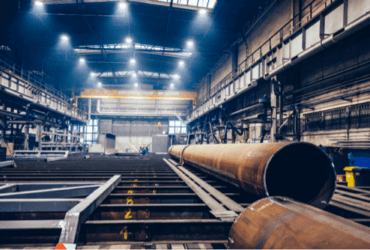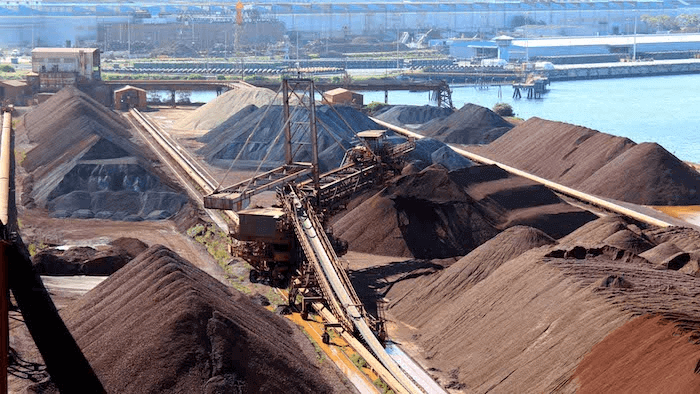
Main Brazilian mining plants
Brazilian mining is one of the most important productive sectors for the country's economy, representing, currently, about 4% of the entire national Gross Domestic Product (GDP). This is one of the sectors that has grown the most in recent years, with an estimated 550% of the mineral extraction activity in the country.
Regarding the main products that are extracted from the Brazilian mining activity, iron ore is the predominant one. According to the most recent Brazilian Mineral Yearbook, published in 2018, metallic inputs represent about 80% of production and consumption. In this category, iron ore occupies 72%, followed by copper (9.4%), gold (8.3%), aluminum (3.7%) and nickel (2.5%).
Investments for the growth of this sector have also been very high. From 2014 to 2018, over R$ 40 billion were invested in this activity, a very significant number, especially in a complicated period for Brazil, economically speaking.
As investments increase, Brazilian mining production has also grown. In September 2020, this expansion is also linked to increased exports of these ores.
In 2018, for example, ore exports occupied more than 50% of all production, representing about R$ 25 billion. In September 2020, iron ore, which is the main exported ore, increased exports by 18.5% in relation to the total produced. This figure represents how important mining is for national exports.
Here, there are more than 10,000 mines, of which about 87% are small or medium-sized mines. However, Brazil also has a good number of large mines, including the largest open pit mine in the world, which we will address later. With this, Brazil is the 5th country in number of mining companies in the whole world.
For this incessant production by national mining companies to be fruitful, there must be qualified transport modes for the transportation of ores, both for domestic consumption and, mainly, for exports through national ports.
In this regard, the railroads are fundamental. The Brazilian railroad sector is currently about 29 thousand km long, and a large part of the cargo transported by the railroads in recent years came from Brazilian mining. In total, about 74% of all cargo carried by this modal was ore cargo.
Content Index
Brazilian railroads and mining
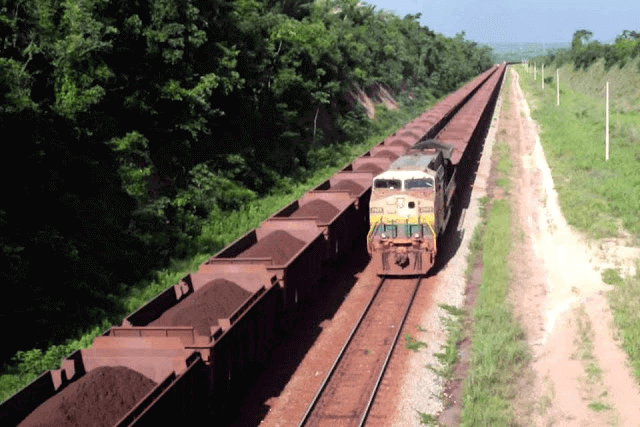
As we have seen, railroads play a fundamental role in the flow of minerals on the national scene. The growth of both sectors depends on each other, since, the more railroads, the greater the possibility of transportation and, consequently, the greater the demand for production.
Unfortunately, the railroads still suffer from severe insecurity. Even after relatively important growth in recent years, the railroad sector still has consequences of the abandonment generated by the preference for investments in the road sector, mainly in the middle of the last century.
As the national railroads are widely used for the transportation of inputs from Brazilian mining, the greater investment in this sector would allow an even more relevant growth in the national mining companies.
Despite this issue of lack of investments, there are some mining companies, the main ones in Brazil, which work together with the railroads, and are totally dependent on this mode of transportation. Next, we'll talk more about the main Brazilian mining projects.
Carajás

Managed by the Vale do Rio Doce company, Carajás is the largest open pit iron mine in the world. Located in Pará, the mine is, to this day, the most important in the national mining scenario.
The entire complex of the mining company of Carajás, located in Serra do Carajás (PR), has a production that totals around 150 million tons of ores per year.
The exploration of the mining company, located in Carajás, started after the elaboration of the Grande Carajás Project, created and idealized by the Vale Company, which already had experience and was active in the mining market.
In order to explore this important space for the extraction of iron ores, Vale, together with the government of João Batista Figueiredo, created the Grande Carajás Project (PGC), shortly after acquiring all exploration rights in the Serra dos Carajás area. This was an important milestone for the transformation of mining in the Amazon and Brazil in the mid-1970s.
Complex S11D Eliezer Batista

This is one of the projects that are part of the Serra do Carajás complex. Managed by Vale, it is also the company's largest mining project. Located in Carajás, Pará, the complex received an investment of US$ 6.4 billion, both for construction and implementation.
With the experience that Vale has in the Brazilian mining market, this project was implemented aiming at modern operations, with the latest technological apparatus and with ideas aiming at greater sustainability in the activities, reducing the damage caused to the environment during the extraction of the ores.
As in the main mines in the country, iron is the main ore worked in this complex. This ore, produced at S11D, has about 66.7% purity content.
Salobo

The Salobo project is another mining plant implemented by Vale, the main mining company in the country. Inaugurated in 2012, Salobo focuses on the extraction and production of copper, an important metallic ore in Brazilian mining.
The complex has an estimated production capacity of 100 thousand tons of copper, being Vale's largest project in relation to this metal. In 2014, in the last survey carried out by the company, more than 40 thousand tons were produced.
Brucutu

The Brucutu mine is yet another important mining company for the extraction of iron ore in Brazil. Managed by Vale, opened in 2006 and located in the municipality of São Gonçalo do Rio Baixo, in Minas Gerais, the mining company has a production capacity of 30 million tons per year, being the largest iron mine in the state and one of the main in the country.
New Factory Mine
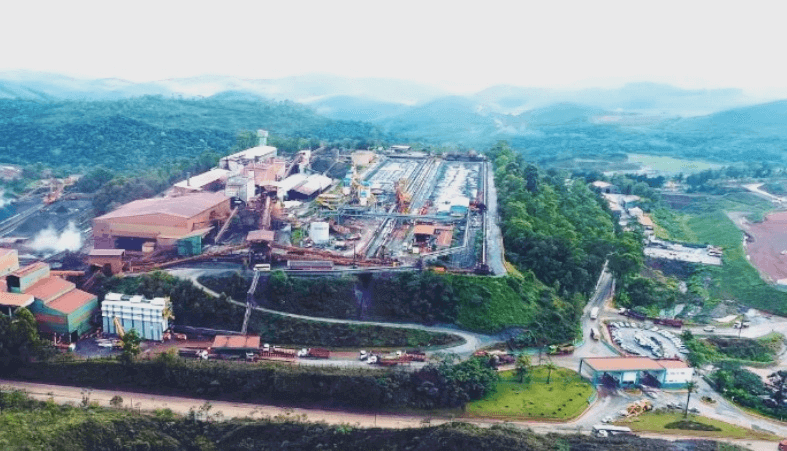
In addition to the Brucutu mine, other miners located in the state of Minas Gerais are also important, such as the Fábrica Nova mine, which covers the mining complex in the city of Mariana (MG).
It is another mining company operated by Vale, the main Brazilian company in this segment. About US$ 106 million were invested in its construction. At the beginning of its activities, in 2005, the mining company had an estimated production capacity of 15 million tons.
Hydro - Paragominas, Alunorte and Albras
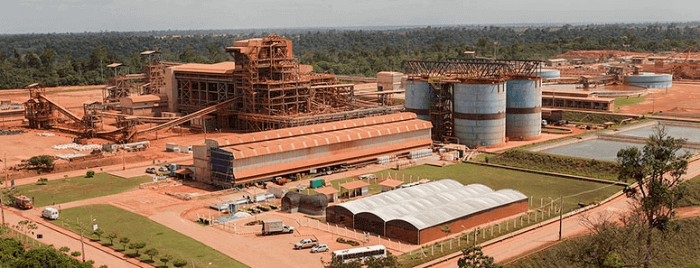
This project includes three mining companies controlled by the Norwegian company Norsk Hydro ASA and its main focus is aluminum work.
Hydro Paragominas, located in Pará, is a mine focused on the extraction of bauxite, with a production capacity of more than 9 thousand tons.
Hydro Alunorte, located in Barbacena (MG), is the main aluminum mining company in the world.
Finally, Hydro Albras, also located in Barbacena, is one of the main aluminum mining companies in Brazilian mining and in the world.
Other Brazilian Mining Projects
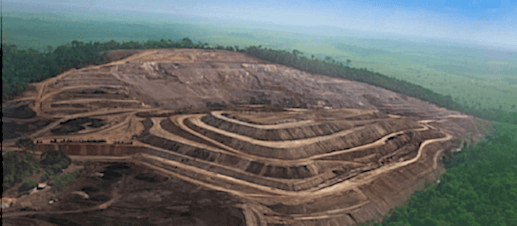
To conclude, we need to quickly address other important mining projects, which operate strongly in Brazilian mining and work with different metals.
Mineradora Buritama, for example, located in the municipality of Buritama (SP), is one of the main companies working with manganese.
Imerys Rio Capim Caulim has two mines in the state of Pará and focuses on the production of kaolin. The operations in these mining companies represent more than 70% of all the work done with kaolin in Brazil.
Finally, MRN - Projeto Trombetas, Projeto Juruti and B&A Mineração are three other important projects in Brazilian mining, with the first two operating in bauxite, and the last in phosphate.
Conclusion on Brazilian mining
We can conclude with the article that mining is a very important activity for the country's economy. Mining companies have a fundamental role in the work of several metals, such as iron, copper, bauxite and phosphate. In addition, it is also important to highlight the relationship between mining companies and national railroads, since the railroad sector has a fundamental action to take the extracted ores to the domestic market and also for export.
Searchs: http://www.vale.com/brasil/pt/aboutvale/news/paginas/conheca-salobo-maior-projeto-cobre-vale.aspx
https://mineracaonabahia.com.br/wp-content/uploads/2020/03/a-mineracao-no-brasil.pdf
https://cnt.org.br/agencia-cnt/volume-cargas-transportadas-ferrovias-cresce-10-um-ano

